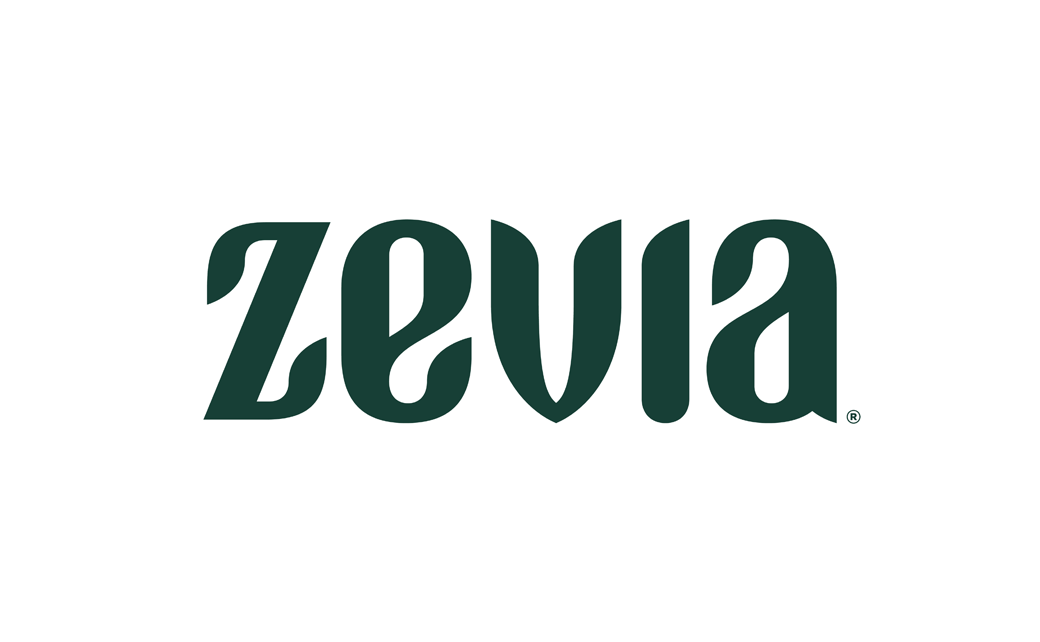Bridging the Gap Between Internal Equity and External Hiring
When it comes to making hiring decisions, the debate between internal equity and external hires is a hot topic in the professional realm.
The dynamics of internal equity, especially when hiring talent from an external perspective, bring forth intriguing challenges and considerations for businesses today.
Unraveling Compensation Dynamics
The acceleration of change triggered by the pandemic has significantly impacted various industries, especially when it comes to compensation dynamics. Many companies, regardless of their size, have traditionally relied on institutional data to set salary ranges. However, the swift and unforeseen shifts in compensation trends have rendered this institutional data outdated rather rapidly.
Compensation Expectations vs. Reality
This discrepancy has become glaringly evident when companies venture outside to hire talent. It’s not uncommon for organizations to realize that the compensation expectations for managerial or directorial positions might be higher than anticipated. Consequently, this scenario sparks internal equity concerns, creating a disparity between the existing team’s compensation and what external hires demand.
This issue has always been present in organizations—the delicate balance between compensating internal employees compared to new external hires performing similar roles. Historically, employees who frequently change positions within an organization every few years tend to earn higher compensations compared to long-tenured employees.
Yet, with the shrinking tenure lengths in today’s workforce, this landscape is rapidly evolving. Loyalty once defined by 10–20 years of service is now becoming less common. The question arises: Are employees truly rewarded for their loyalty in such a transient job market?
Redefining Talent Strategy
Companies are facing the challenge of redefining their approach to maintain internal equity. Some are reevaluating their stance on training initiatives. While some organizations are willing to invest in and nurture talent, others prefer to hire individuals who are ‘plug and play’—ready to make an immediate impact without requiring substantial training.
However, the expectation for plug-and-play talent contrasts with the reality of compensation levels. Companies seeking highly skilled external hires often discover that these individuals demand compensation levels exceeding the average for a particular role in a given geography.
This poses a dilemma for companies regarding how they handle their internal talent—those who are already performing exceptionally. Retaining such talent becomes crucial amidst the rising demands and expectations of external hires.

Real-Time Strategies
The solution lies in redefining compensation strategies in real-time. Companies need access to up-to-date information to make informed decisions regarding both external hires and internal talent. Proactively addressing compensation discrepancies for existing employees based on current market trends becomes imperative to maintain internal equity.
Engaging with firms specializing in talent acquisition and market insights, like Protis Global, can offer a competitive advantage. These firms are in the trenches, staying informed about industry shifts and compensation trends. Leveraging their expertise can help businesses navigate the complex terrain of internal equity versus external hires.
Conclusion
Ultimately, the key lies in the convergence of real-time information and proactive internal talent management strategies. By aligning compensation structures with market realities and nurturing internal talent, organizations can bridge the gap between external hires and internal equity, fostering a more harmonious and productive work environment.

















